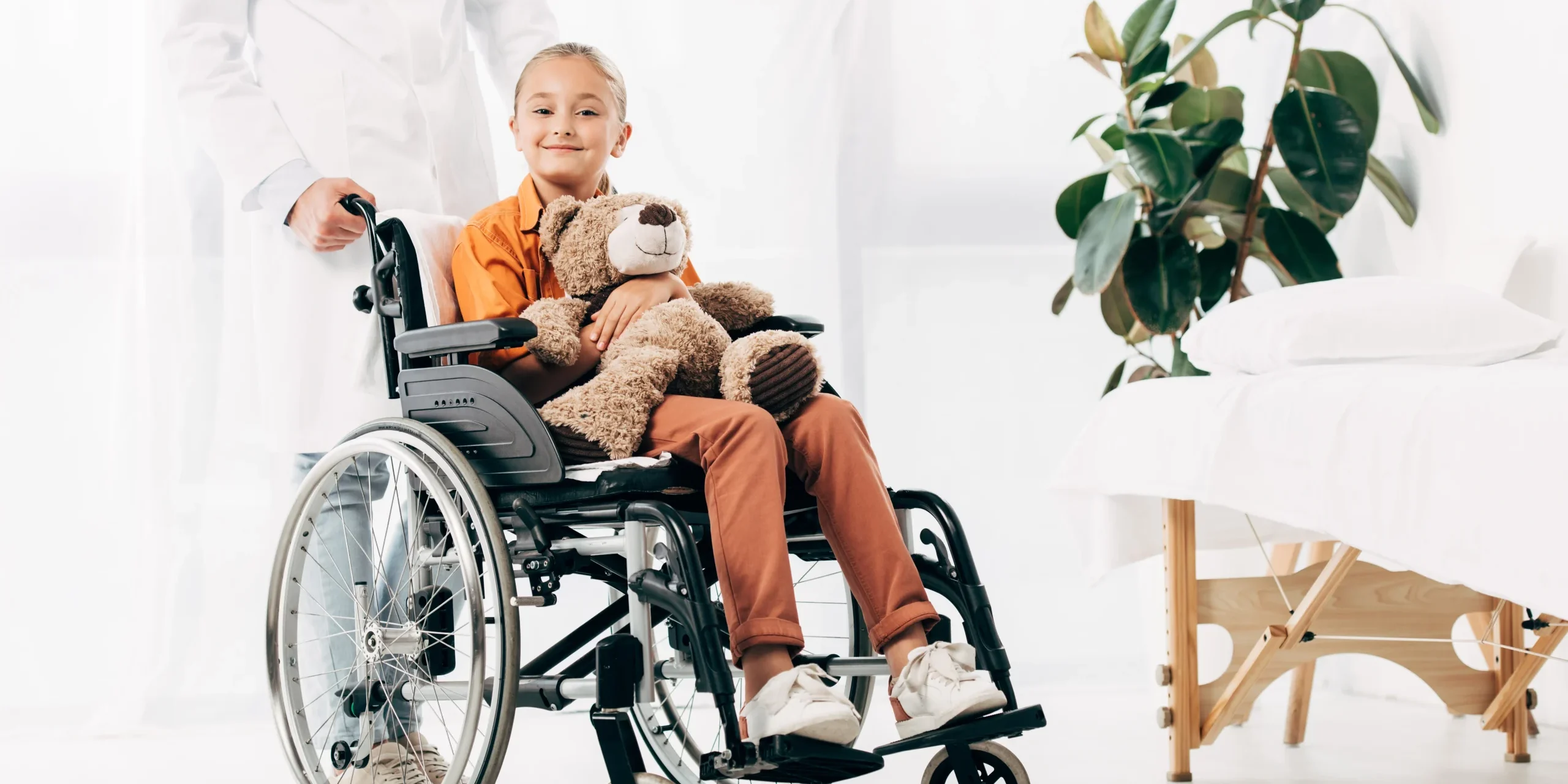Spinal Muscular Atrophy (SMA) is a rare genetic condition that affects the nerves controlling muscle movement. Over time, this disease causes weakness and loss of muscle control, making everyday activities such as walking, eating, or even breathing more difficult. While SMA can be challenging, understanding it better helps families, patients, and caregivers manage the condition and access the right support and treatment.
What Causes SMA?
SMA is caused by a problem in the SMN1 gene, which is responsible for producing a protein called survival motor neuron (SMN) protein. This protein is essential for keeping motor neurons-nerve cells that send signals from the spinal cord to the muscles-healthy and functioning. Without enough SMN protein, motor neurons gradually weaken and die, leading to muscle weakness and atrophy.
Since SMA is a genetic condition, it is usually inherited when a child receives two faulty copies of the SMN1 gene (one from each parent). Parents who carry the faulty gene typically do not show symptoms themselves.
Types of SMA
SMA is classified into different types, depending on the age symptoms begin and the severity of muscle weakness:
- Type 1 (Severe, Infantile-Onset): Appears in the first 6 months of life. Babies may struggle with movement, swallowing, and breathing.
- Type 2 (Intermediate): Symptoms usually begin between 6 and 18 months. Children can sit but often cannot walk without assistance.
- Type 3 (Mild, Juvenile-Onset): Symptoms start after 18 months, sometimes even in late childhood or adolescence. People with this type may walk independently for years but may eventually need mobility aids.
- Type 4 (Adult-Onset): The mildest form, beginning in adulthood. Symptoms are usually less severe but still cause progressive muscle weakness.
Common Symptoms
While symptoms vary depending on the type, some common signs of SMA include:
- Weakness in arms, legs, or trunk
- Difficulty walking, sitting, or standing
- Muscle twitching or tremors
- Breathing and swallowing problems in severe cases
How Is SMA Diagnosed?
SMA is typically diagnosed through:
- Genetic testing to confirm changes in the SMN1 gene.
- Physical examination to assess muscle strength and reflexes.
- Electromyography (EMG) to measure muscle activity.
Early diagnosis, especially in infants, is important since new treatments are most effective when started as early as possible.
Treatment Options
While there is currently no cure for SMA, treatment and care options have improved greatly in recent years. These include:
- Gene therapy to replace or fix the faulty SMN1 gene.
- Medications that help the body produce more SMN protein.
- Physical and occupational therapy to maintain mobility and improve quality of life.
- Respiratory and nutritional support for those with severe symptoms.
With proper treatment and supportive care, many people with SMA are living longer and healthier lives than ever before.
Living with SMA
Managing SMA often requires a team approach involving doctors, physical therapists, caregivers, and support groups. Families benefit from learning about available resources, adaptive equipment, and community support to improve independence and overall well-being.
Final Thoughts
Spinal Muscular Atrophy is a challenging condition, but advances in medical research and treatment have brought new hope for patients and families. Early diagnosis, specialized care, and strong support networks can make a meaningful difference in the quality of life for those living with SMA.






